Symbols that bring good luck have played a significant role in cultures around the world since ancient times. In Japan, too, auspicious items and customs are deeply rooted in people’s daily lives, and their presence is highly revered in various situations.
This time, we will focus on traditional Japanese symbols of good luck and explore how they contribute to people’s happiness and prosperity. From the beckoning cat to the Seven Lucky Gods, tai (sea bream), daruma, senbazuru (thousand origami cranes), and ema (votive plaques), we will delve deep into how these symbols and customs of good fortune move the hearts of the Japanese people and beckon hope and luck.
①Beckoning Cat – Symbol of Prosperous Business
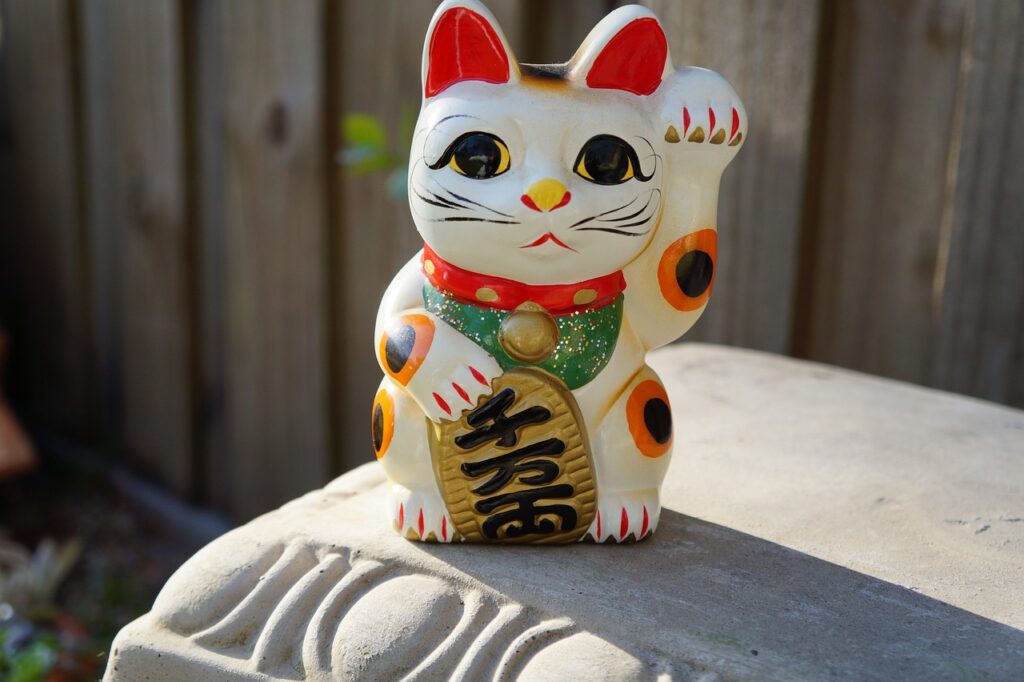
The beckoning cat is widely recognized as one of the auspicious items in Japan. This cat figurine is often placed at the entrance of shops or in the household’s genkan (entrance area), believed to bring luck and prosperity.
Its origin dates back to the Edo period, and the beckoning cat is also widely known as a symbol of wealth. The cat’s gesture of waving one of its paws is believed to “beckon” good fortune, and its paw movement is thought to attract financial success, good health, and more customers. Additionally, different colors of the beckoning cat convey various meanings; for example, gold represents wealth, white symbolizes good luck, and black wards off evil.
②Seven Lucky Gods – Deities of Happiness and Prosperity
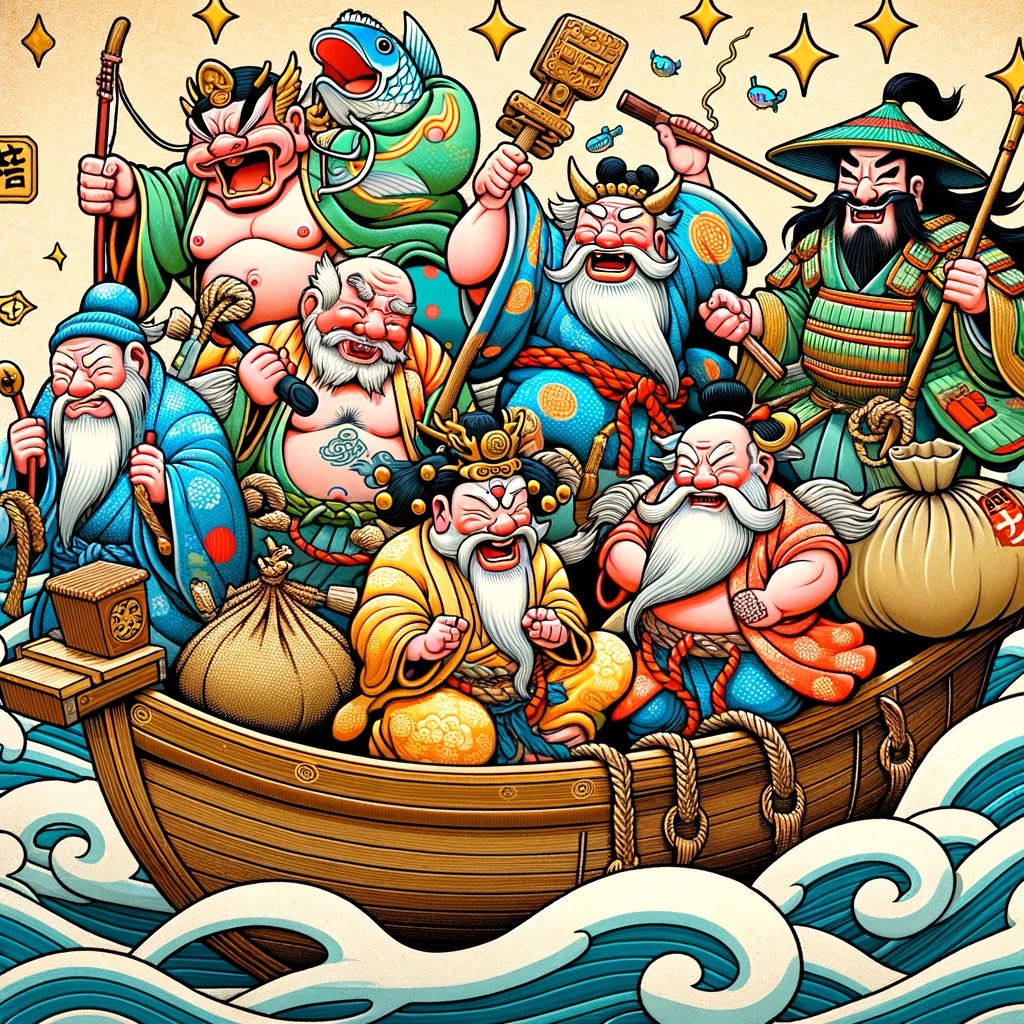
The Seven Lucky Gods are seven deities believed to bring good fortune and are essential in Japanese folk belief. Each of these gods symbolizes different types of luck and wealth, making them beloved by many.
For instance, Ebisu is the god of prosperous business and abundant fishing, Daikokuten represents wealth and food, and Benzaiten is associated with wisdom and the arts. The custom of visiting shrines and temples dedicated to these gods, known as “Shichifukujin Meguri,” is particularly popular as a New Year’s tradition, where visitors pray for health, luck, and prosperity.
③Tai (Sea Bream) – The Star of Celebration
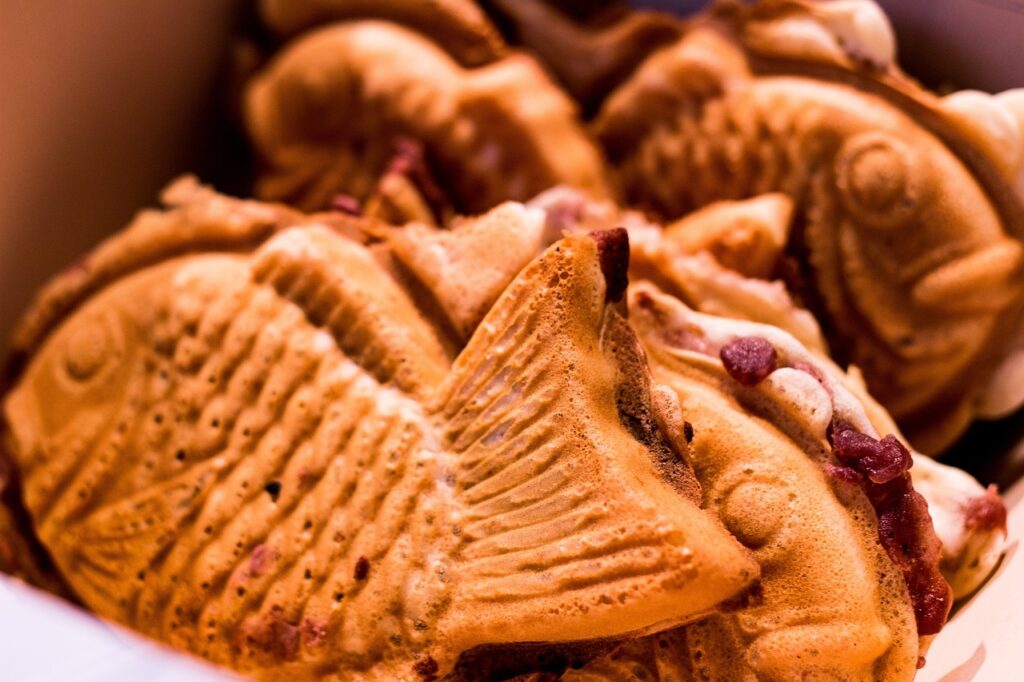
In Japan, sea bream is highly esteemed as the fish of celebration. Its name sounds similar to the word for “auspicious,” making it a popular choice for various celebrations such as weddings, festivities, and New Year’s.
Sea bream is cherished for both its visual beauty and delicious taste, making it an essential dish for special occasions. The tradition of serving a whole sea bream, known as “tai no yosé,” symbolizes wealth and prosperity, making it a fitting addition to festive dining.
④Daruma – Symbol of Goal Achievement
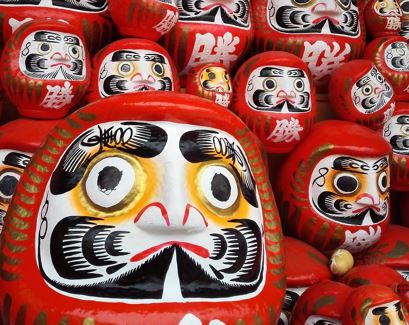
Daruma is a traditional Japanese doll symbolizing the achievement of goals and dreams. Typically, people purchase a daruma doll with blank eyes and paint one eye when setting a goal. When the goal is accomplished, they paint the other eye.
This custom signifies the determination to strive continuously towards one’s goals. Daruma also symbolizes the ability to bounce back from adversity, as it always returns to an upright position when tilted. Daruma dolls are often red, but different colors convey different meanings, such as white for peace and purity and gold for financial success. Many Japanese people use daruma dolls to materialize their aspirations and wishes, especially when making New Year’s resolutions or embarking on new ventures.
⑤Senbazuru – Prayers for Peace and Health
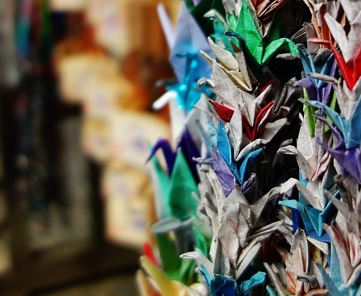
Senbazuru is a collection of 1000 origami cranes, traditionally folded to wish for peace, health, and longevity in Japan. It is a common practice for family and friends to fold senbazuru and offer them to a patient, particularly when praying for their recovery from an illness.
This tradition is rooted in the legend that cranes live for a thousand years, and by folding a thousand cranes, one can invoke long life and good health. The Hiroshima Peace Memorial Park prominently features senbazuru as a symbol of world peace. Senbazuru is not only a symbol of hope but also a gesture of support and solidarity for those facing challenges.
⑥Ema – Wishing on Wooden Plaques
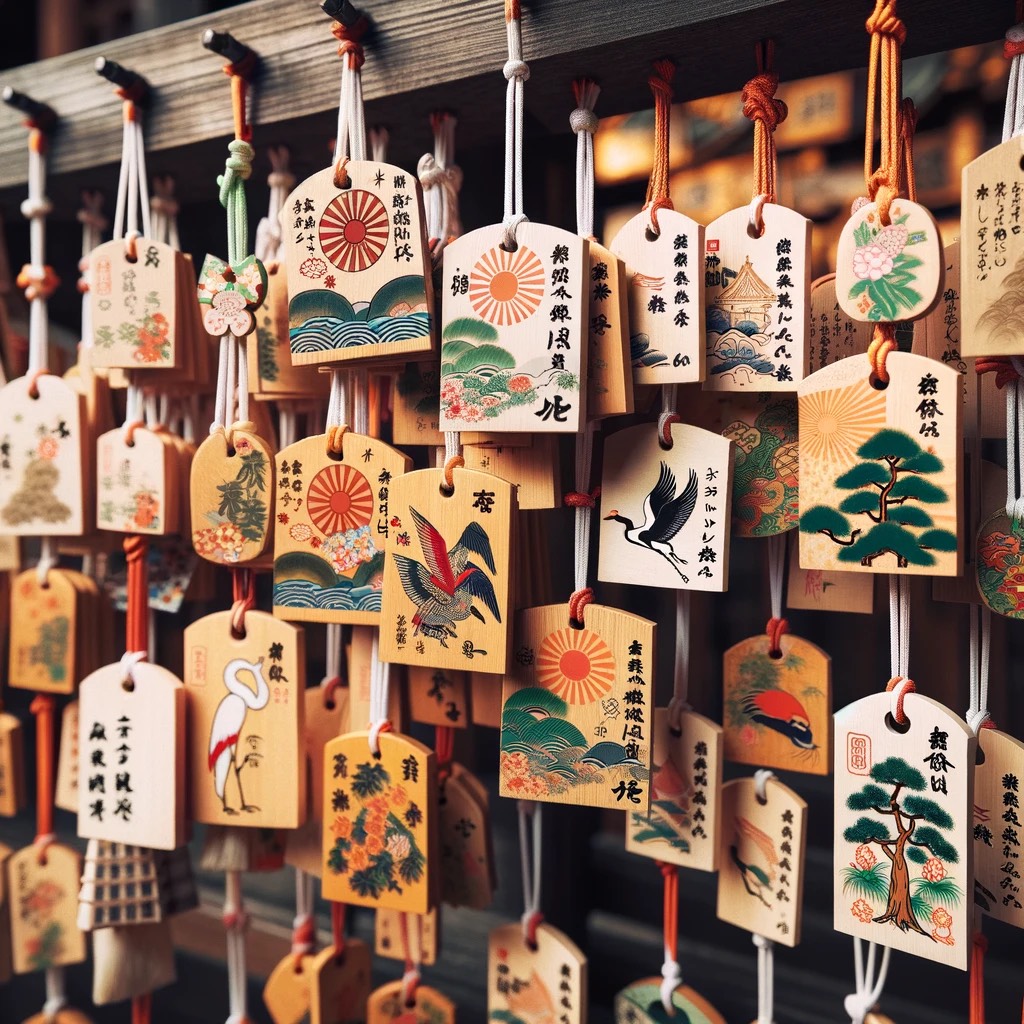
Ema are small wooden plaques dedicated to Shinto shrines, where individuals write their wishes and prayers. Ema serve as a means to convey messages to the deities and symbolize hope for the fulfillment of those wishes.
Ema come in various designs, and some shrines offer unique ema for specific prayers. For example, there are ema for romantic success, academic achievement, and more.
Summary
How was that? We have introduced various items considered auspicious in Japan. Through this presentation, you can see how diverse and deeply embedded in people’s lives these symbols of good luck are in Japanese culture.
Each item or custom has its own history, meaning, and stories passed down through generations, and their value is still cherished in contemporary Japanese society. By following these traditions and practices during significant events in our lives, we may find better results and good fortune!



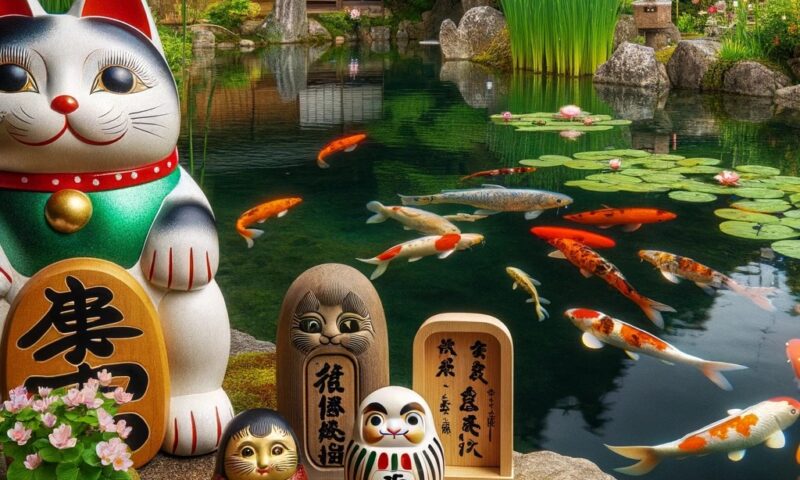
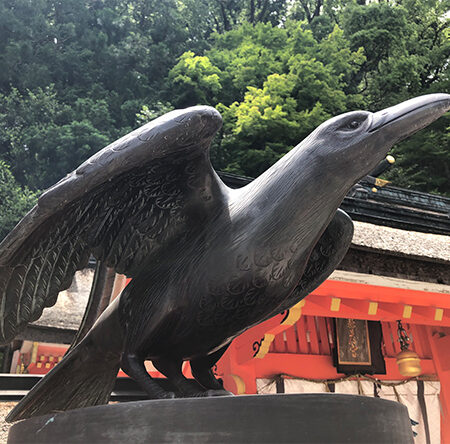
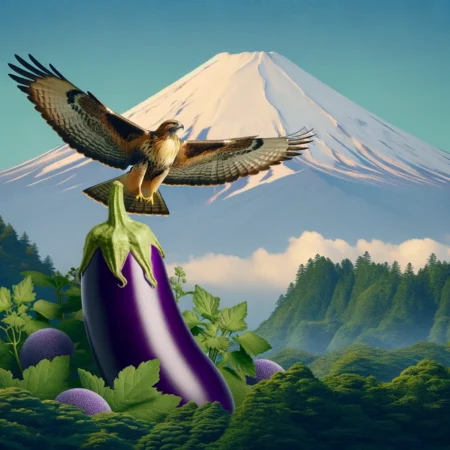
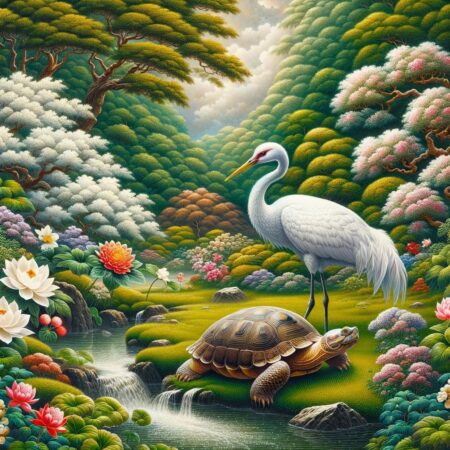

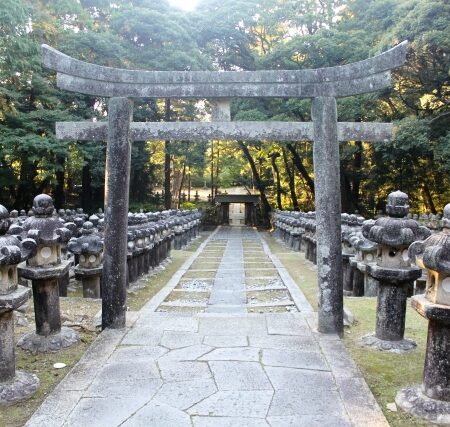
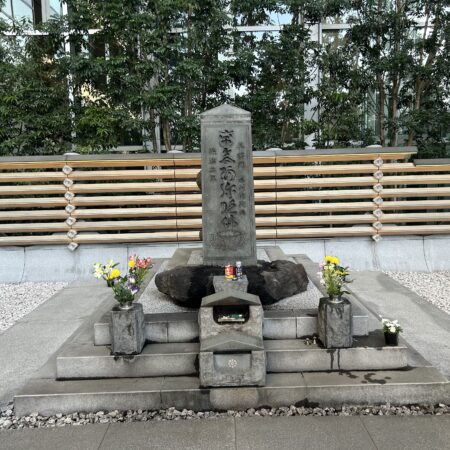
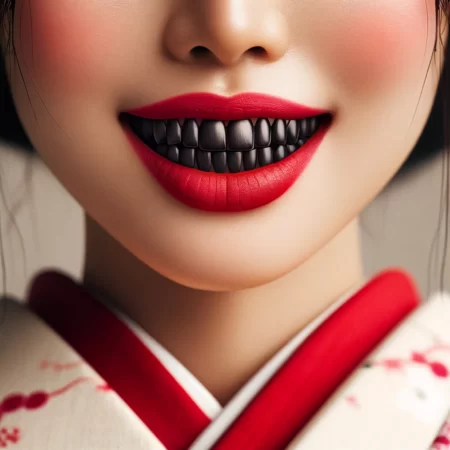



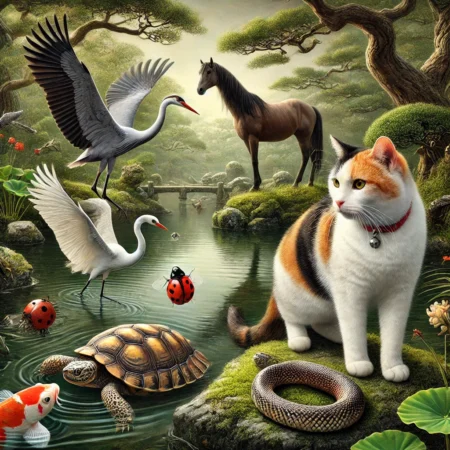
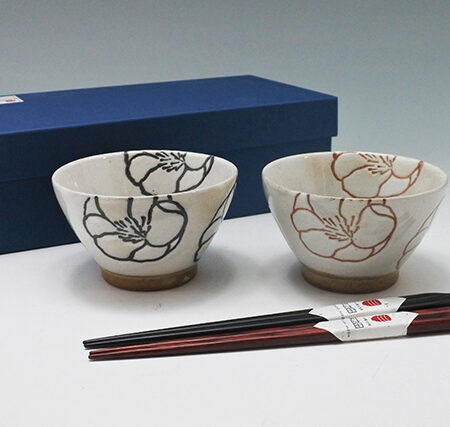
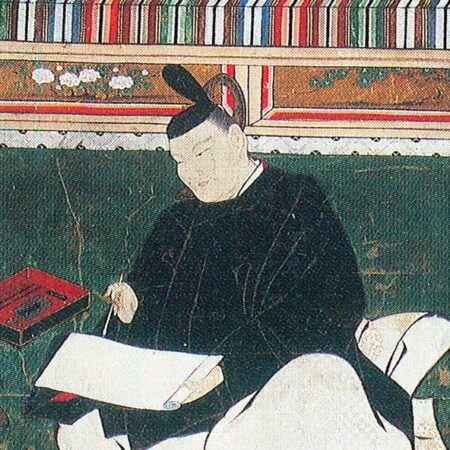
Hi, this is a comment.
To get started with moderating, editing, and deleting comments, please visit the Comments screen in the dashboard.
Commenter avatars come from Gravatar.